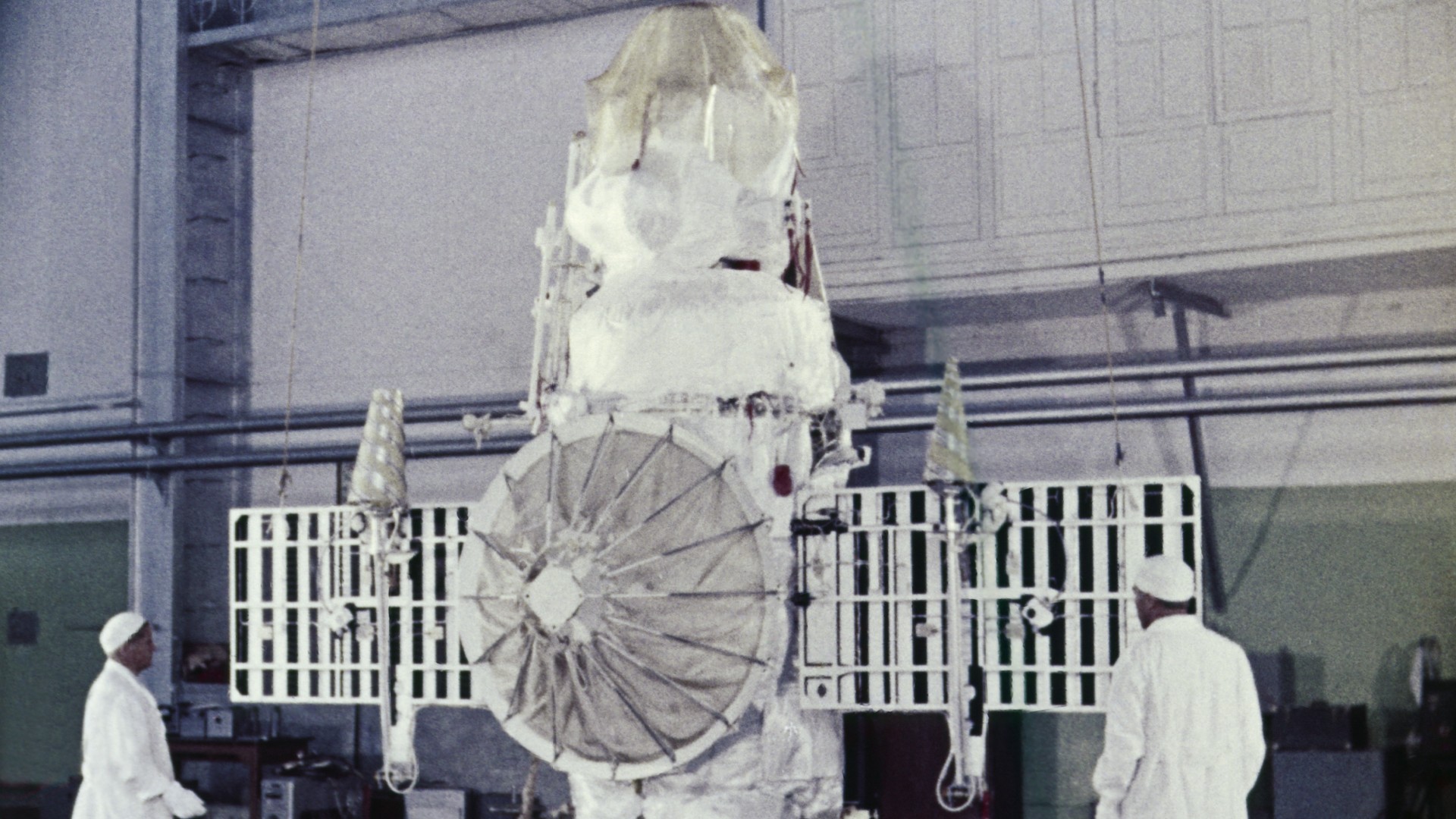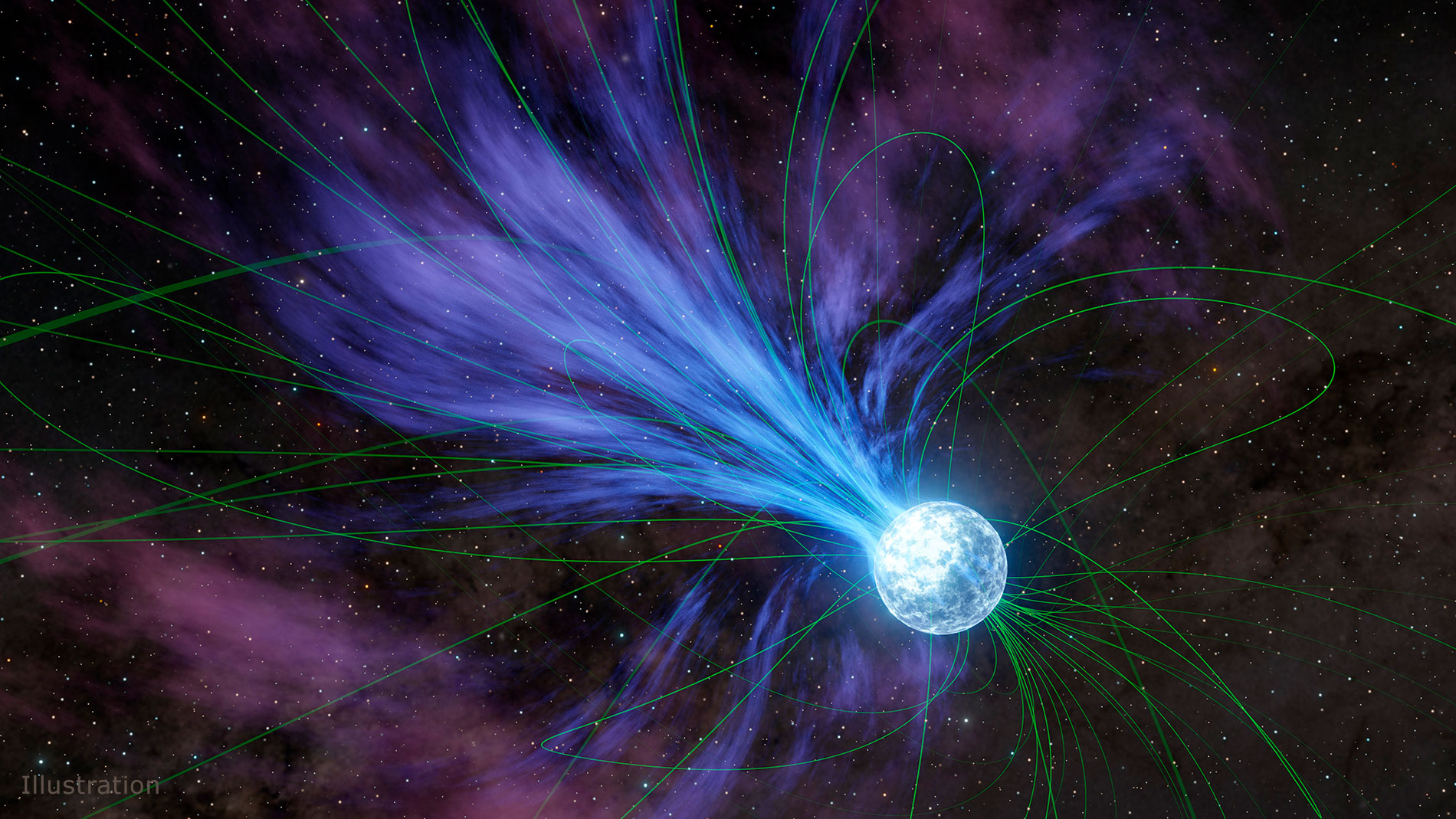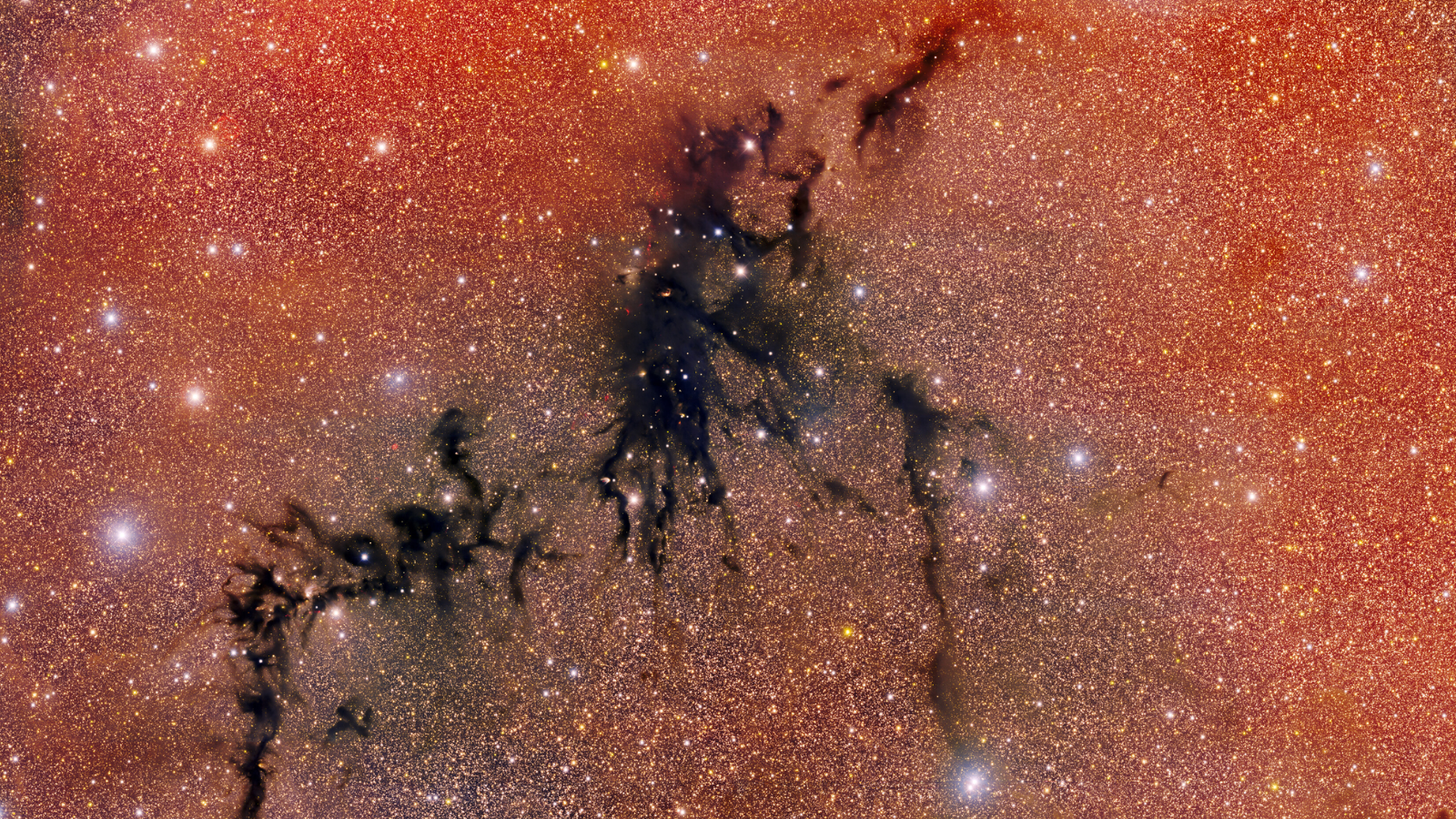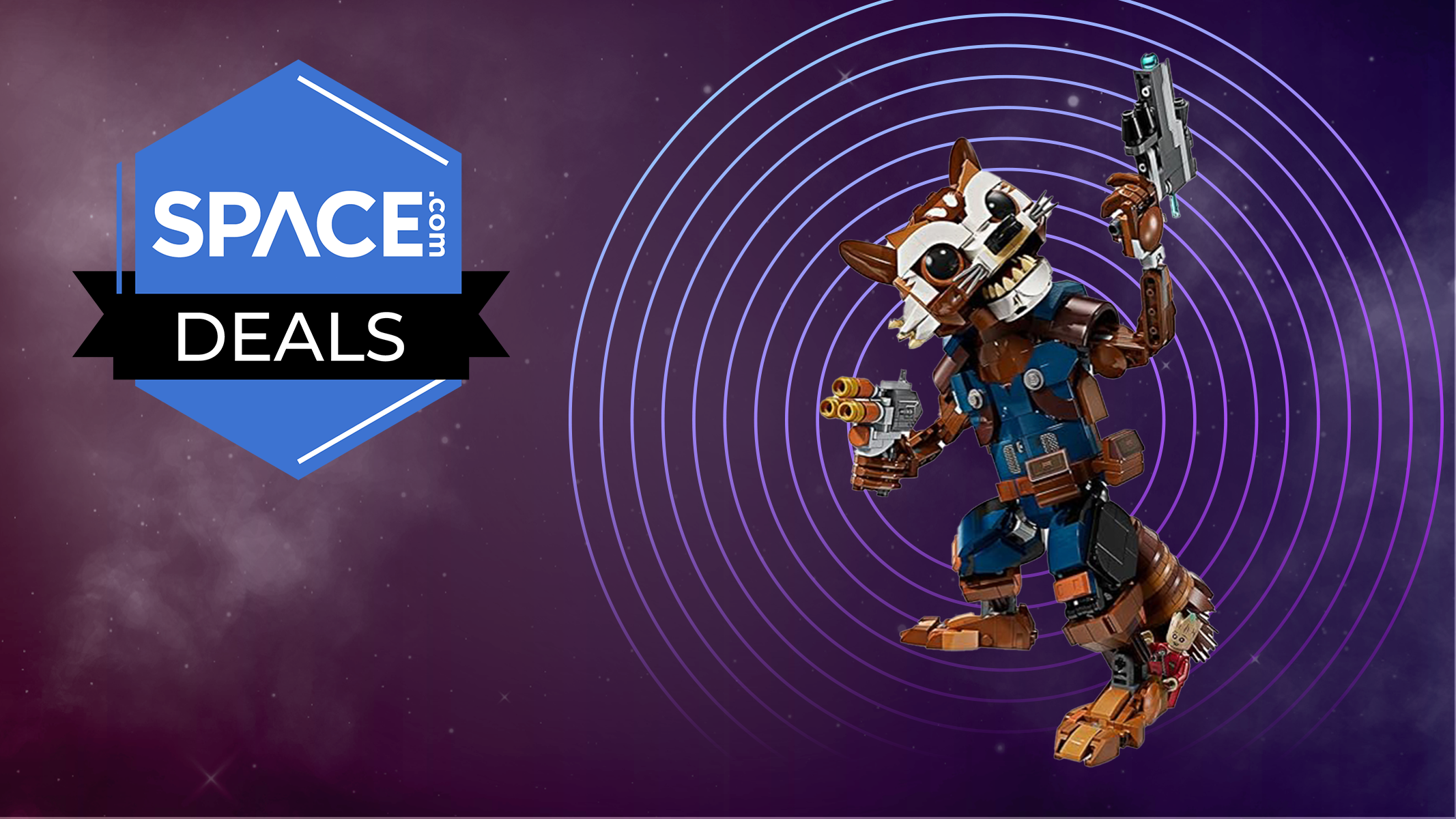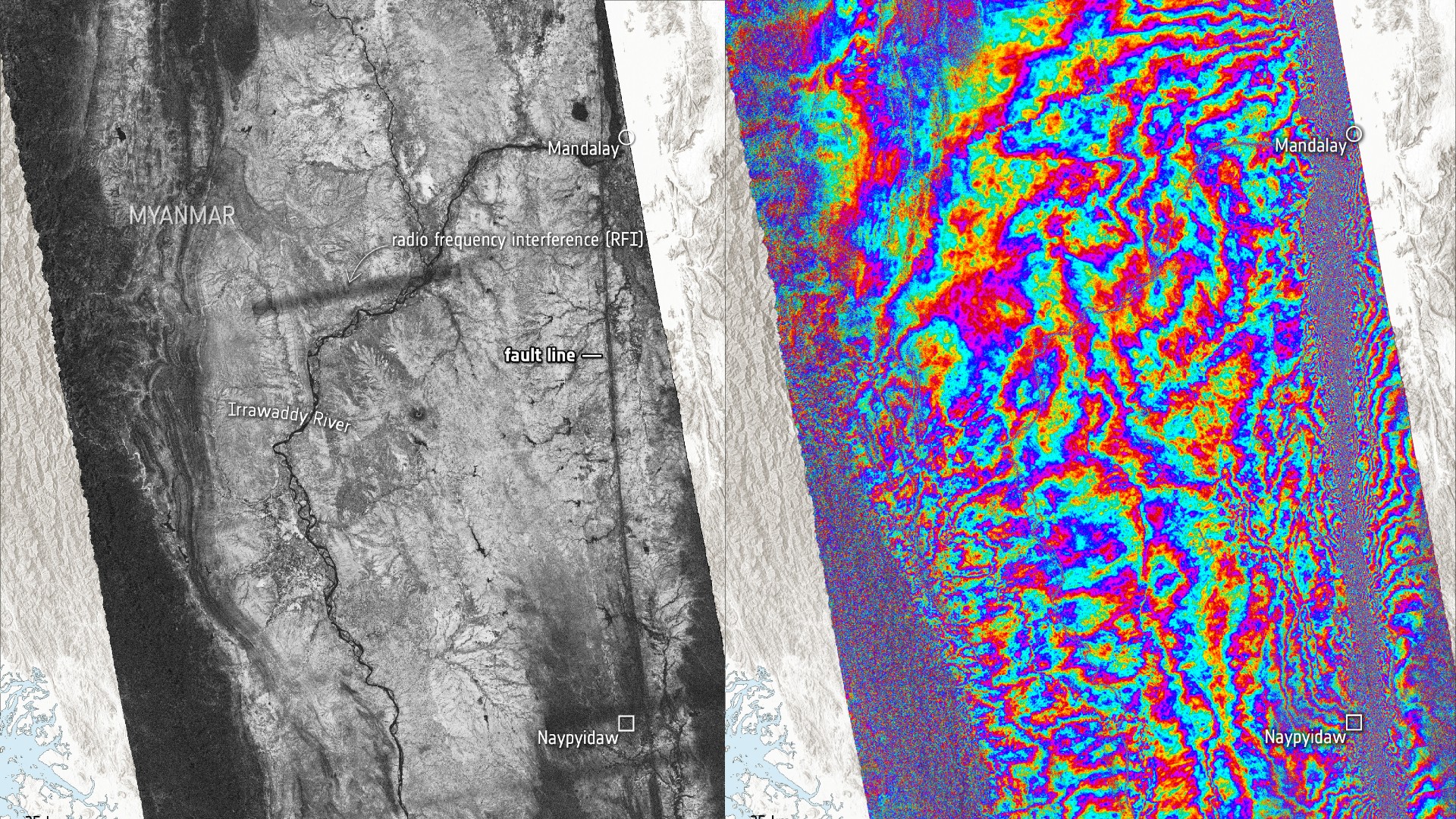STS-123 Mission Specialist: Richard M. Linnehan
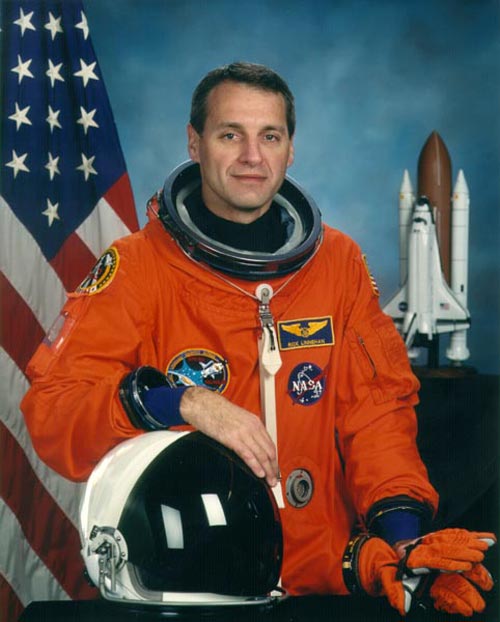
NAME: Richard M. Linnehan (DVM)
NASA Astronaut
PERSONAL DATA: Born September 19, 1957, in Lowell, Massachusetts. Raised by his paternal grandparents, Henry and Mae Linnehan. Single. He enjoys various sports, outdoor activities and natural history. His sister, Colleen, resides in Nevada.
EDUCATION: Attended Alvirne High School, Hudson, New Hampshire from 1971-1974. Graduated from Pelham High School, Pelham, New Hampshire, in 1975. Attended Colby College in Waterville, Maine and the University of New Hampshire in Durham, New Hampshire. Graduated from the University of New Hampshire in 1980 with a bachelor of science degree in Animal Sciences with a minor in Microbiology. Received the degree of Doctor of Veterinary Medicine from The Ohio State University College of Veterinary Medicine in 1985. Honorary Doctorates of Science from the University of New Hampshire and Suffolk University (2002).
ORGANIZATIONS: Member of the American Veterinary Medical Association, the American Association of Zoo Veterinarians, the International Association of Aquatic Animal Medicine, the Association of Space Explorers, and The Explorers Club. Adjunct Asst. Professor at the North Carolina State University College of Veterinary Medicine in Raleigh-Durham, North Carolina. Board member, Channel Islands Marine and Wildlife Institute (CIMWI), Santa Barbara, CA.
SPECIAL HONORS: Navy Group Achievement Award, Navy Commendation Medal, three NASA Space Flight Medals (1996, 1998, 2002), NASA Outstanding Leadership Medal (1999), AVMA President’s Award, The OSU College of Veterinary Medicine Alumni Award, and The University of New Hampshire Distinguished and Outstanding Alumni Awards.
EXPERIENCE: After graduating from The Ohio State University College of Veterinary Medicine in June 1985, Dr. Linnehan entered private veterinary practice and was later accepted to a 2-year joint internship in zoo animal medicine and comparative pathology at the Baltimore Zoo and The Johns Hopkins University. After completing his internship Dr. Linnehan was commissioned as a Captain in the U.S. Army Veterinary Corps and reported for duty in early 1989 at the Naval Ocean Systems Center, San Diego, California, as chief clinical veterinarian for the U.S. Navy’s Marine Mammal Program. During his assignment at the Naval Ocean Systems Center Dr. Linnehan initiated and supervised research in the areas of cetacean and pinniped anesthesia, orthopedics, drug pharmacokinetics and reproduction in direct support of U.S. Navy mobile marine mammal systems stationed in California, Florida, and Hawaii.
NASA EXPERIENCE: Selected by NASA in March 1992, Dr. Linnehan reported to the Johnson Space Center in August 1992 where he completed one year of Astronaut Candidate training qualifying him for Space Shuttle flight assignments as a mission specialist. Dr. Linnehan was initially assigned to flight software verification in the Shuttle Avionics Integration Laboratory (SAIL). He was subsequently assigned to the Astronaut Office Mission Development Branch, working on payload development, and mission development flight support for future Space Shuttle missions. He first flew as a mission specialist in 1996 on STS-78, the Life Sciences and Microgravity Spacelab ( LMS) mission. In 1998, he served as the payload commander on the STS-90 Neurolab mission. In 2002, he was a member of the 4-man EVA crew on STS-109. A veteran of three space flights, Dr. Linnehan has logged over 43 days in space, including 3 EVAs (spacewalks) totaling 21 hours and 9 minutes. Dr. Linnehan is assigned to the STS-123 mission that will deliver the Japanese Logistics Module and the Canadian Special Purpose Dexterous Manipulator to the International Space Station.
SPACE FLIGHT EXPERIENCE: STS-78 LMS (June 20 to July 7, 1996). The Life Sciences and Microgravity Spacelab mission was flown aboard Space Shuttle Columbia. The 17-day flight included studies sponsored by ten nations and five space agencies, and was the first mission to combine both a full microgravity studies agenda and a comprehensive life sciences payload. STS-78 orbited the Earth 271 times, and covered 7 million miles in 405 hours and 48 minutes.
STS-90 Neurolab (April 17 to May 3, 1998) was his second Spacelab mission. During the 16-day flight the seven-person crew aboard Space Shuttle Columbia served as both experimental subjects and operators for 26 individual life science experiments focusing on the effects of microgravity on the brain and nervous system. STS-90 orbited the Earth 256 times, and covered 6.3 million miles in 381 hours and 50 minutes. Both missions served as a model for future life sciences studies on board the International Space Station.
STS-109/HST Servicing Mission 3B (March 1-12, 2002) was the fourth Hubble Space Telescope (HST) servicing mission and Rick’s third flight aboard Columbia. The crew of STS-109 successfully upgraded the Hubble Space Telescope’s systems over the course of 5 consecutive EVAs, leaving it with a new power control unit, improved solar arrays, the new Advanced Camera for Surveys ( ACS), and an experimental refrigeration unit for cooling the dormant Near Infrared Camera and Multi-Object Spectrometer (NICMOS). With his teammate Dr. John Grunsfeld (EV1), Dr. Linnehan (EV2) performed three of the five spacewalks totaling 21 hours and 9 minutes. STS-109 orbited the Earth 165 times and covered 3.9 million miles in just over 262 hours.
Last Updated: February 2007
- NEW VIDEO: Danger on the Pad: Shuttle Astronauts Practice Escape Drill
- VIDEO: ESA's New Science Laboratory
- Complete Space Shuttle Mission Coverage
Get the Space.com Newsletter
Breaking space news, the latest updates on rocket launches, skywatching events and more!
Join our Space Forums to keep talking space on the latest missions, night sky and more! And if you have a news tip, correction or comment, let us know at: community@space.com.

The National Aeronautics and Space Administration (NASA) is the U.S. government agency in charge of the civilian space program as well as aeronautics and aerospace research. Founded in 1958, NASA is a civilian space agency aimed at exploring the universe with space telescopes, satellites, robotic spacecraft, astronauts and more. The space agency has 10 major centers based across the U.S. and launches robotic and crewed missions from the Kennedy Space Center in Cape Canaveral Florida. It's astronaut corps is based at the Johnson Space Center in Houston. To follow NASA's latest mission, follow the space agency on Twitter or any other social channel, of visit: nasa.gov.


